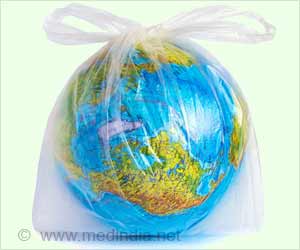Australian environmental researchers have evolved a new way of treating wastewater that could slash loss due to evaporation.

PhD researcher Mr Neil Buchanan at the Flinders' School of Environment said that at present evaporation from treatment ponds wipes out a large proportion – up to 90 per cent – of reclaimed water in South Australia’s small rural communities, where there is strong unmet demand for clean and relatively cheap water.
The research project compared a high-rate algal pond at Kingston-on-Murray with a conventional treatment pond system at Lyndoch. Funding for the performance research comes from the South Australian Local Government Association, which is assessing the viability of advanced pond systems for use in rural areas.
Mr Buchanan said that the depth and relatively static nature of conventional waste stabilisation ponds means that the combined decontaminating effect of sunlight and algal activity is limited to an upper layer of about eight to 20 centimetres.
The high rate algal pond, by contrast, uses a slowly revolving paddle wheel to aerate and move the water through a shallow, winding course. Moving the water exposes viral and bacterial pathogens to the direct effect of ultra-violet light while also inducing stronger algal growth.
“The chemical effect of the algae is to increase levels of alkalinity in the water, which acts as a strong disinfectant,” Mr Buchanan said.
Advertisement
“The high rate pond has a surface area of about one fifth of the pond system, and our work to date suggests that in a fifth of the area we are getting the equivalent of double the rate of the removal of pathogens,” Mr Buchanan said.
While Australian reuse applications require an emphasis on pathogen removal, in Europe the foremost consideration is reducing nutrient load, since wastewater is often discharged into waterways.
“So concurrent with the pathogen work, we are also studying the rate of removal of nutrients from the water,” Mr Buchanan said.
Source-Medindia







